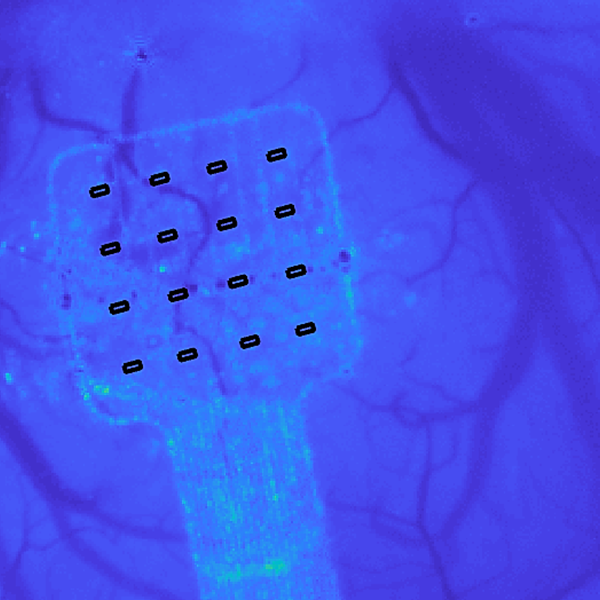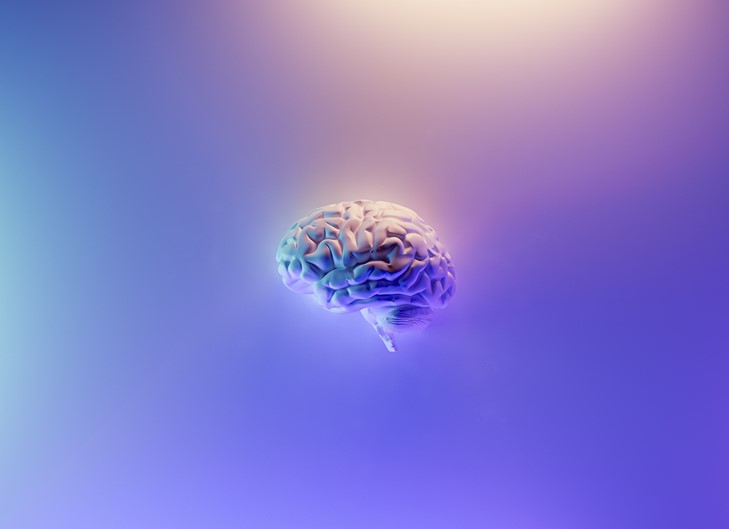
Biomedical
These projects build on the multi-functionality allowed by 2DMs to demonstrate the advantages of combining e.g. biocompatibility, chemical stability, (bio-) sensing and actuating, and integration with flexible electronic technologies, in addition to versatile surface chemistry (for interface with biology) which allows for continuous health monitoring and built-in pharmacological interventions.
The aim is to offer new technology solutions exploiting the unique properties of 2D materials (2DM) that would reduce cost and increase the efficacy of diagnostics or therapies, or provide new diagnostics or therapies for which there is currently no solution. It would strengthen Europe’s industrial position in, early diagnostics, disease prediction and prevention, disease monitoring and reducing hospitalization time.
Latest articles


2D-BioPAD and MUNASET at Graphene Week 2025: Showcasing Graphene-Based Biomedical Innovation
2D-BioPAD and MUNASET at Graphene Week 2025: Showcasing Graphene-Based Biomedical Innovation

MUNASET publishes a perspective piece on graphene-based biosensors and their use in the prediction of depression
Emergence of graphene-based biosensors for improved treatment response prediction in major depressive disorder: a perspective.



